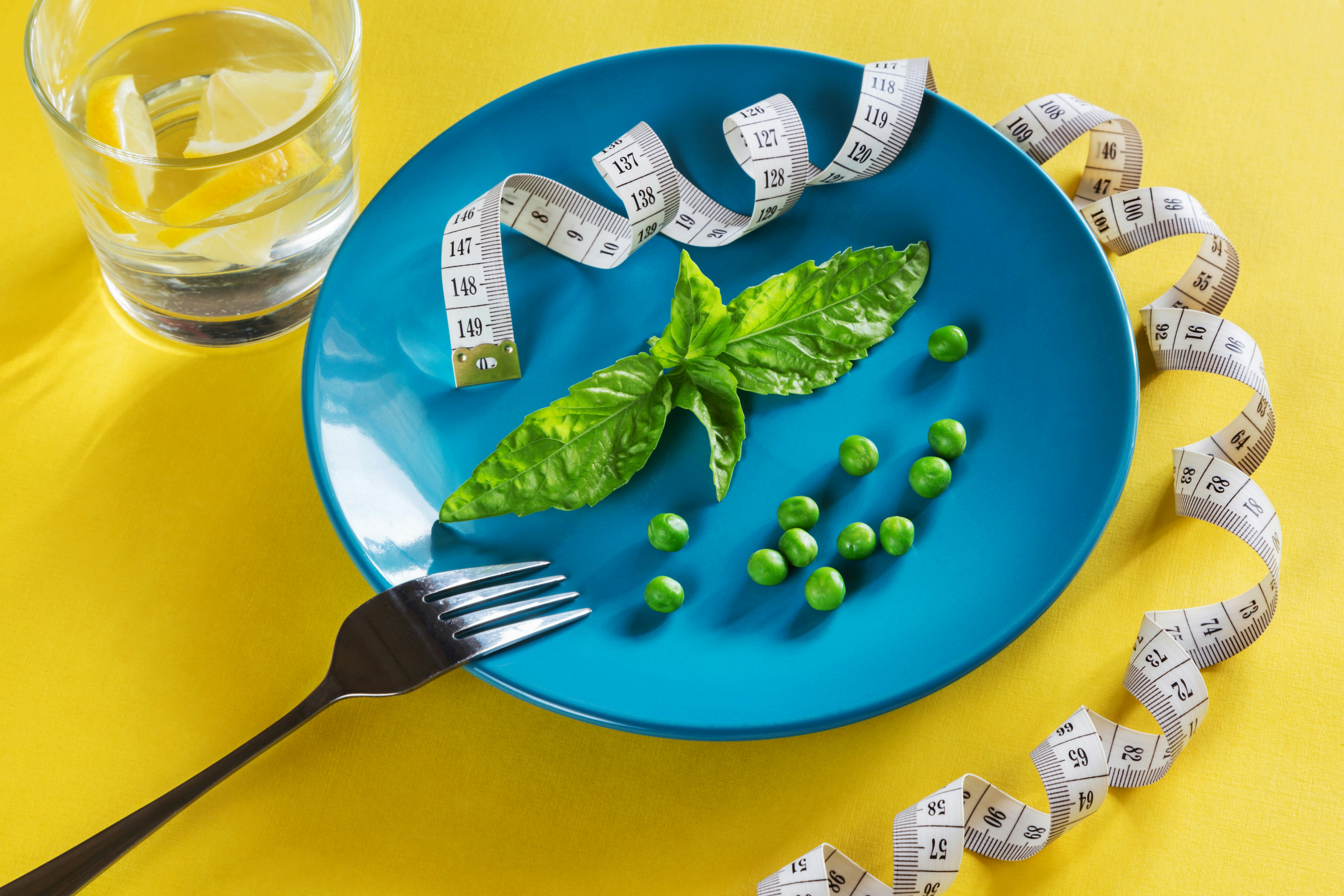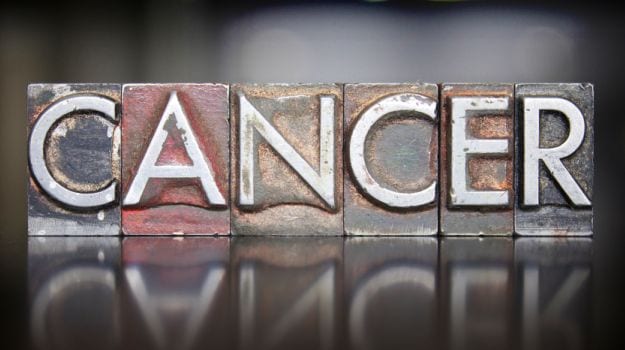Scientists have developed a portable, low-cost "paper machine" for point-of-care detection of infectious diseases, genetic conditions and cancer. Using materials costing less than a total of $2, George Whitesides from Harvard University and his colleagues condensed sample preparation, DNA analysis and detection steps into a hand-held paper machine."The prototype device integrates paper microfluidics (to enable fluid handling) and a multi-layer structure, or a 'paper machine', that allows a central patterned paper strip to slide in and out of fluidic path and thus allows introduction of sample, wash buffers, amplification master mix, and detection reagents with minimal pipetting, in a hand-held, disposable device intended for point-of-care use in resource-limited environments," the study said.The Miracle Diet That Could Improve Breast Cancer Therapy
Many modern diagnostic techniques involve analysing DNA in a patient's blood sample. If pathogenic bacteria, for example, are present, the test will detect the foreign genetic material. Part of the barrier to bringing this kind of technology everywhere is that it often requires multiple steps under precisely controlled temperatures to prepare a sample and analyse it.Drinking Coffee Cuts Liver Cancer RiskThe researchers reported in the journal Analytical Chemistry that the new device successfully determined whether as few as five cells of E. coli bacterium were present in test samples. The results can be read using ultraviolet light and a smartphone
Many modern diagnostic techniques involve analysing DNA in a patient's blood sample. If pathogenic bacteria, for example, are present, the test will detect the foreign genetic material. Part of the barrier to bringing this kind of technology everywhere is that it often requires multiple steps under precisely controlled temperatures to prepare a sample and analyse it.Drinking Coffee Cuts Liver Cancer RiskThe researchers reported in the journal Analytical Chemistry that the new device successfully determined whether as few as five cells of E. coli bacterium were present in test samples. The results can be read using ultraviolet light and a smartphone
Advertisement
For the latest food news, health tips and recipes, like us on Facebook or follow us on Twitter and YouTube.
Tags:










